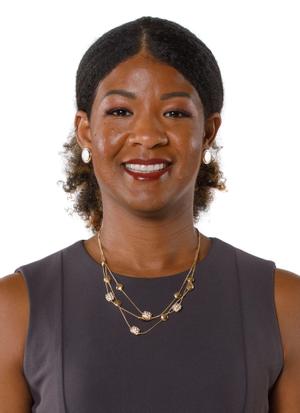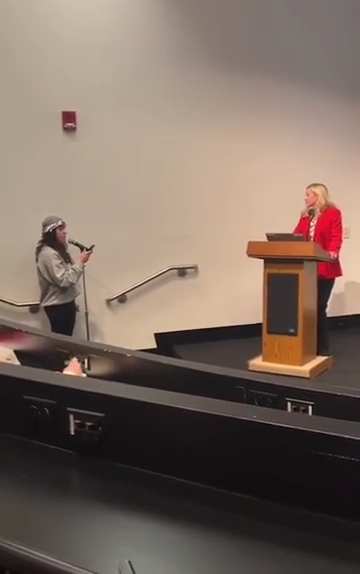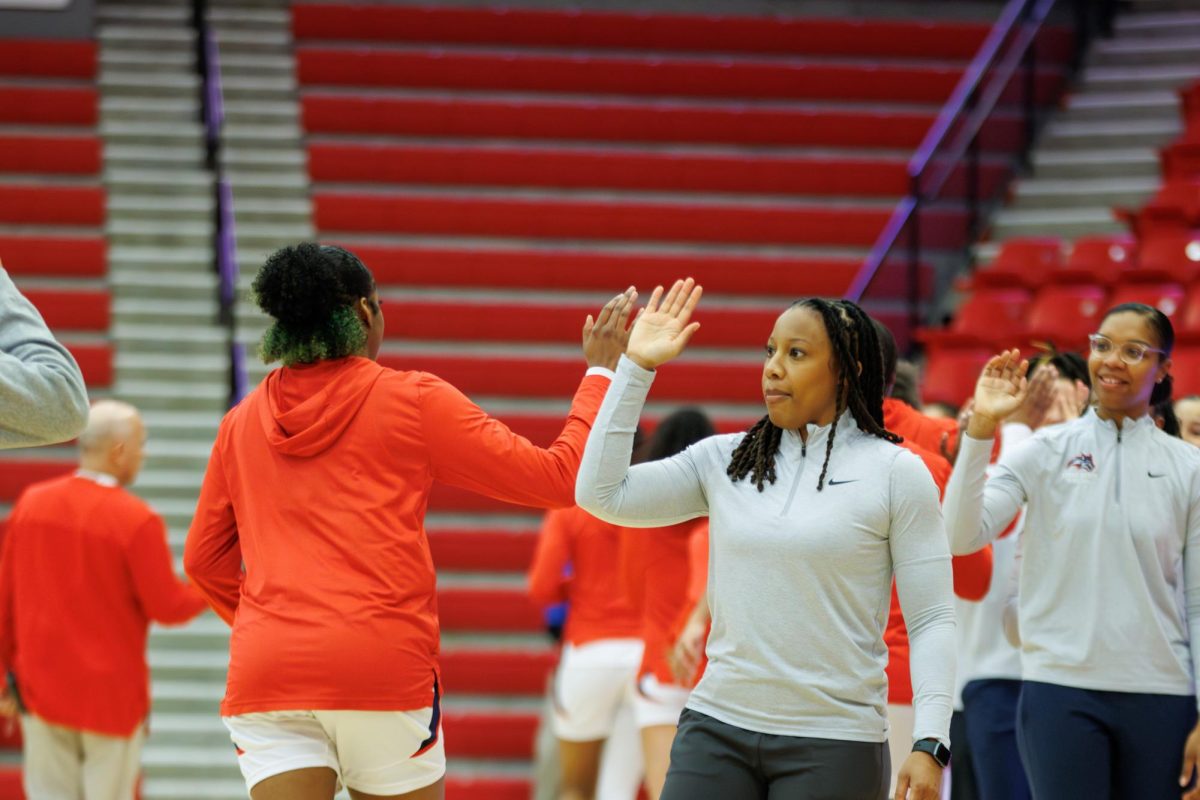
Stony Brook University assistant psychology professor Nicholas Eaton, Ph.D., is leading the first large-scale national study of socially-supported transgender youth.
There is a disparity in the number of studies on transgender adults and of those on children, as science often focuses on adolescents, Eaton said. Yet, there is still a paucity of such youth studies.
The TransYouth Project, launched by Eaton and colleagues Kristin Olson, Ph.D. and gender expert Aiden Key, works to bring light to a neglected matter. Their paper, “Gender Cognition in Transgender Children,” was recently published in Psychological Science.
At the crux of the study is the belief that trans children are feigning their sexual identity, a notion the scientific community has long promoted. The study worked to test those presumptions in a scientific way.
“Although their gender experiences differ from those of most of the population in terms of how they feel, they don’t differ in terms of their clarity or certainty,” Eaton said.
The study consists of interviews with children between the ages of five and 12 years of age, as well as their parents and cisgender, or non-transgender, siblings.
This study differs from others of its kind because those who are studied live fully supported as their gender identity, one that is not the same as their natal sex. They dress for their chosen gender and use corresponding pronouns.
Another approach that separates this study from others is that rather than using only explicit measures, such as self-report type of questions that can easily be answered to fit what they think is the socially acceptable answer, the project uses implicit means.
These implicit means are known as an IAT, or Implicit Association Test, in which subjects are asked to sort pictures of boys and girls with various words that relate to either gender. This method is an unconscious way of obtaining impartial responses.
The results suggest gender-typical girls are quick to associate themselves with girls rather than boys. The same is true of gender-typical boys. The same pattern of results is evident within transgender kids, their siblings, and their controls.
For many people, the idea of a transgender child can be disconcerting because they often view sex and gender as synonymous ideas, Eaton said. Rather, biological sex is essentially what is assigned at birth, whereas gender is what a person identifies with.
Although the overall number of transgender people is unknown, researchers know that 40 percent of that community will attempt suicide, according to Eaton. This rate is nine times more than that of the general population.
For teens, problems lie within school bathrooms, locker rooms and sports teams. Through adulthood, transgender people are discriminated against, especially in the workforce, leaving them unemployed or homeless.
Eaton and his colleagues hope to monitor these kids for the long haul, studying them as they evolve from adolescence to maturity.
“As a university community—and as a national community more broadly—it is our responsibility to provide transgender individuals with the respect, acceptance, and accommodation they deserve,” Eaton said.






















